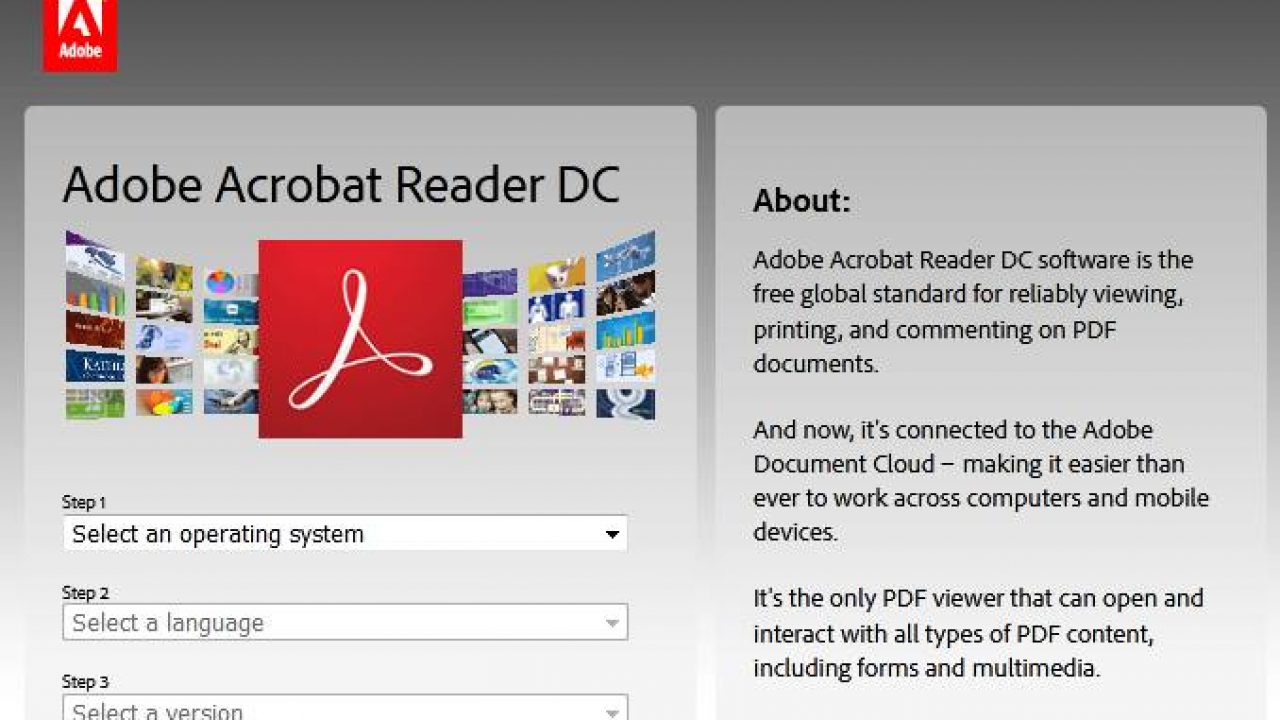

- Download adobe cloud windows 10 64 bit for mac#
- Download adobe cloud windows 10 64 bit install#
- Download adobe cloud windows 10 64 bit license#
From the table, select the app you want to clean up, and then click Cleanup Selected.For example, select CC Apps if you want to uninstall a Creative Cloud app. Select an option from the menu in the upper-right corner of the window.
Download adobe cloud windows 10 64 bit license#
Review the Adobe End-User License Agreement: Click Accept to accept or Quit to decline (if you decline, the script stops). Select your language from the menu in the upper-right corner of the window. Double-click Adobe Creative Cloud Cleaner Tool and follow the onscreen instructions in this order:. To run the Adobe Creative Cloud Cleaner Tool, double-click the AdobeCreativeCloudCleanerTool.dmg file. Download adobe cloud windows 10 64 bit for mac#
Download the Adobe Creative Cloud Cleaner Tool for Mac.Double-click the application’s uninstaller.To uninstall Creative Cloud or Creative Suite applications, in the Finder, navigate to Applications > Utilities > Adobe Installers.Use Creative Cloud Cleaner Tool to remove entries for apps or CoreSync | macOS Note: If Run as Administrator is not available when you right-click, double-click AdobeCreativeCloudCleanerTool.exe to run the EXE file.
Download adobe cloud windows 10 64 bit install#
Once you have successfully run the Adobe Creative Cloud Cleaner Tool, install your Creative Cloud or Creative Suite application. If any of the entries indicate failure, contact us. Windows XP: C:\Documents and Settings\. The location of this file depends on your version of Windows: To verify that the Creative Cloud Cleaner Tool completed successfully, in a text editor such as WordPad, open Adobe Creative Cloud Cleaner Tool.log. When you see the message “Adobe Creative Cloud Cleaner Tool completed successfully,” press Enter and restart your computer. The Cleaner Tool creates a backup of the hosts files (named hosts_bkup) in the same directory, which you can revert to if a problem occurs. Confirm that you want to fix the host files: Type y and then press Enter. After accepting the End-User License Agreement, type 12 to select the host files option. (Optional) If you're unable to connect to Adobe's servers, repeat these steps to fix your host files. Confirm that you want to remove the entry: Type y and then press Enter. Then type the number that corresponds to CoreSync and press Enter. Similarly, to remove CoreSync, type 1 or 4 and press Enter. Subsequently, to remove an app, select the application that you want to remove by typing the number that corresponds to the app name and then press Enter. For example, type 4 (CC Apps) if you want to uninstall a Creative Cloud app. Type the number that corresponds to the option you want to select and then press Enter. Review the Adobe End-User License Agreement: Type y to accept or n to decline (if you decline, the script stops). Choose your language: Type e for English or j for Japanese, and then press Enter. Follow the onscreen instructions in this order:. Right-click the downloaded AdobeCreativeCloudCleanerTool.exe file and choose Run as Administrator. Download the Adobe Creative Cloud Cleaner Tool for Windows. Follow the onscreen instructions to complete the uninstallation. Select the application that you want to remove, and click Remove or Uninstall. Windows XP: Choose Start > Control Panel and double-click Add or Remove Programs. Windows 10, 8, 7, or Vista: Choose Start > Control Panel > Programs > Programs and Features. Uninstall Creative Cloud or Creative Suite applications by doing one of the following:. Back up all files stored in Adobe product directories, including custom plug-ins or profiles you have installed. Use Creative Cloud Cleaner Tool to remove entries for apps or CoreSync | Windows 


Similarly, you need to remove CoreSync entry to resolve sync-related issues. To remove an app using the Creative Cloud Cleaner Tool, you need to remove the app entry from the tool. The Creative Cloud Cleaner Tool will remove installation records for Adobe Creative Cloud or Adobe Creative Suite applications that may have become corrupted or may be causing problems with a new installation.








 0 kommentar(er)
0 kommentar(er)
